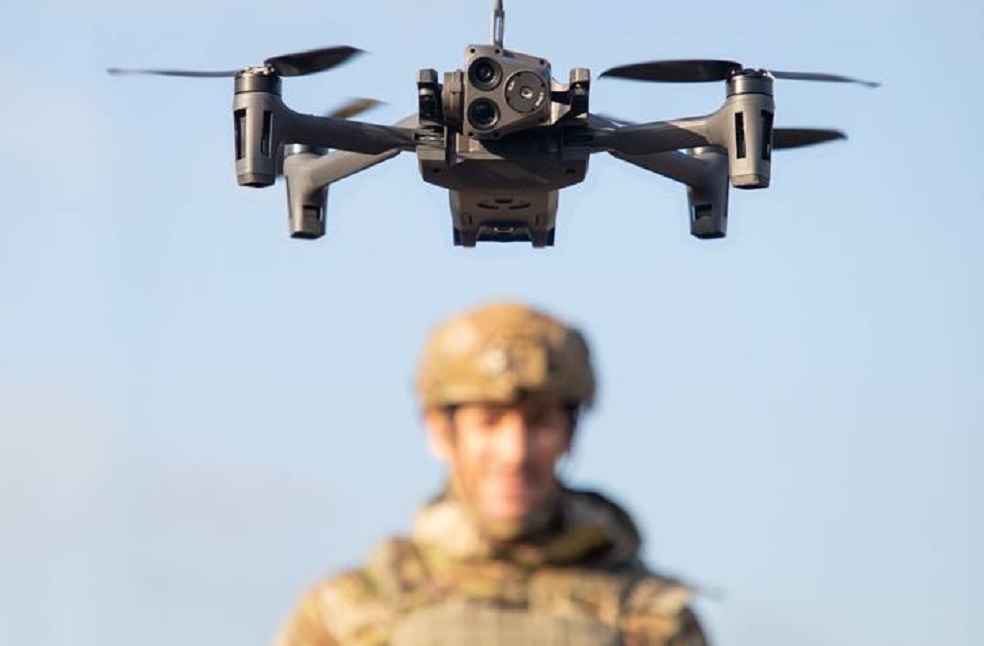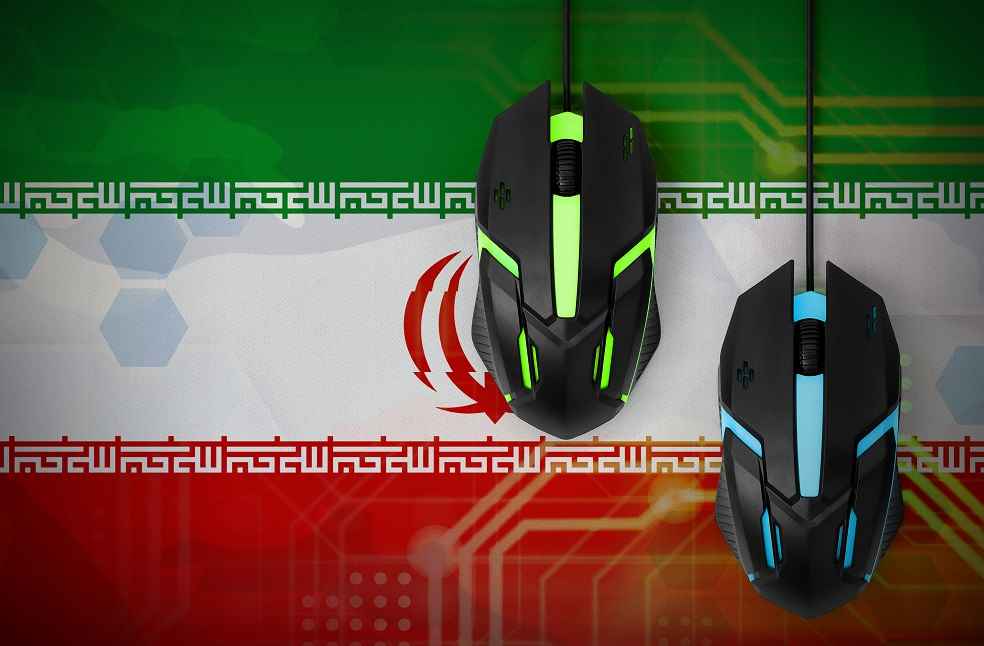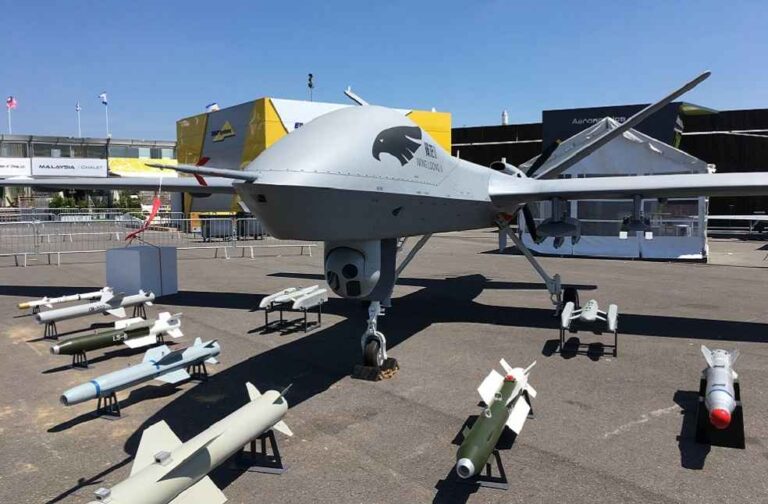Over the past ten years, Iran has navigated through complex international sanctions to secure an astonishing $236 million in aircraft and drone engine parts from a wide spectrum of nations, encompassing Turkey, the UAE, Germany, Ukraine, and notably, the United States.This revelation, drawn from scrutinized data by Iran International from the Islamic Republic’s customs organization, underscores a significant challenge to the international sanctions regime aimed at curtailing Iran’s access to sensitive technologies.
Detailed examination of the sanctions’ effectiveness revealed approximately $26 million worth of prohibited items imported into Iran during the initial eight months of the current Iranian year, starting March 21. This figure highlights the sophisticated strategies employed by Iran to circumvent restrictive measures imposed by the US Treasury and the international community.
The situation has raised alarms at the highest levels of global security, with Jim Mancuso, the assistant director of the Global Trade Division at Homeland Security Investigations, pointing out that Iranian drones, recovered on battlefields in Ukraine and across the Middle East, contain sensitive US communications systems and microelectronics. This illustrates the direct challenge to US export controls and the broader implications for global non-proliferation efforts.

Iran’s adeptness at bypassing sanctions involves a range of tactics, from manipulating trade documents to leveraging the dual-use nature of drone parts—components suitable for both civilian and military applications. This ambiguity has significantly hindered efforts to police the flow of sensitive technologies into Iran’s burgeoning drone program.
The US Department of the Treasury, recognizing the urgent need for clearer guidelines, issued an 11-page document last June, providing detailed advice to industry on Iran’s UAV-related activities. This included a list of 13 categories of items, such as engines, navigational equipment, and electronics, potentially subject to US sanctions.
Despite these efforts, Iran’s import statistics reveal a persistent and growing trade in aircraft propulsion parts, designated under the Harmonized Tariff Schedule code HTS 840710, from March 2012 to November 2023. The imports surged notably following the Russian invasion of Ukraine, with a significant portion originating from Turkey, Hong Kong, the UAE, and China, highlighting the global nature of Iran’s procurement network.

European nations have also been implicated as sources of such equipment, with Germany leading the list of exporters, followed by Ukraine and Slovenia. This trade occurs against the backdrop of Iran’s increasing role as a supplier of drones and missiles to Russia for use in the ongoing conflict in Ukraine, marking a significant shift in the dynamics of international arms trade.
Iran’s transition from an importer to a major exporter of drone parts, with significant sales to countries like Venezuela, Tajikistan, and Ethiopia, further complicates the international community’s efforts to control the spread of drone technology.
IMEX SECTOR | Pakistan’s Chromium Ore Exports to China Soar, Fuel Economic Boom



